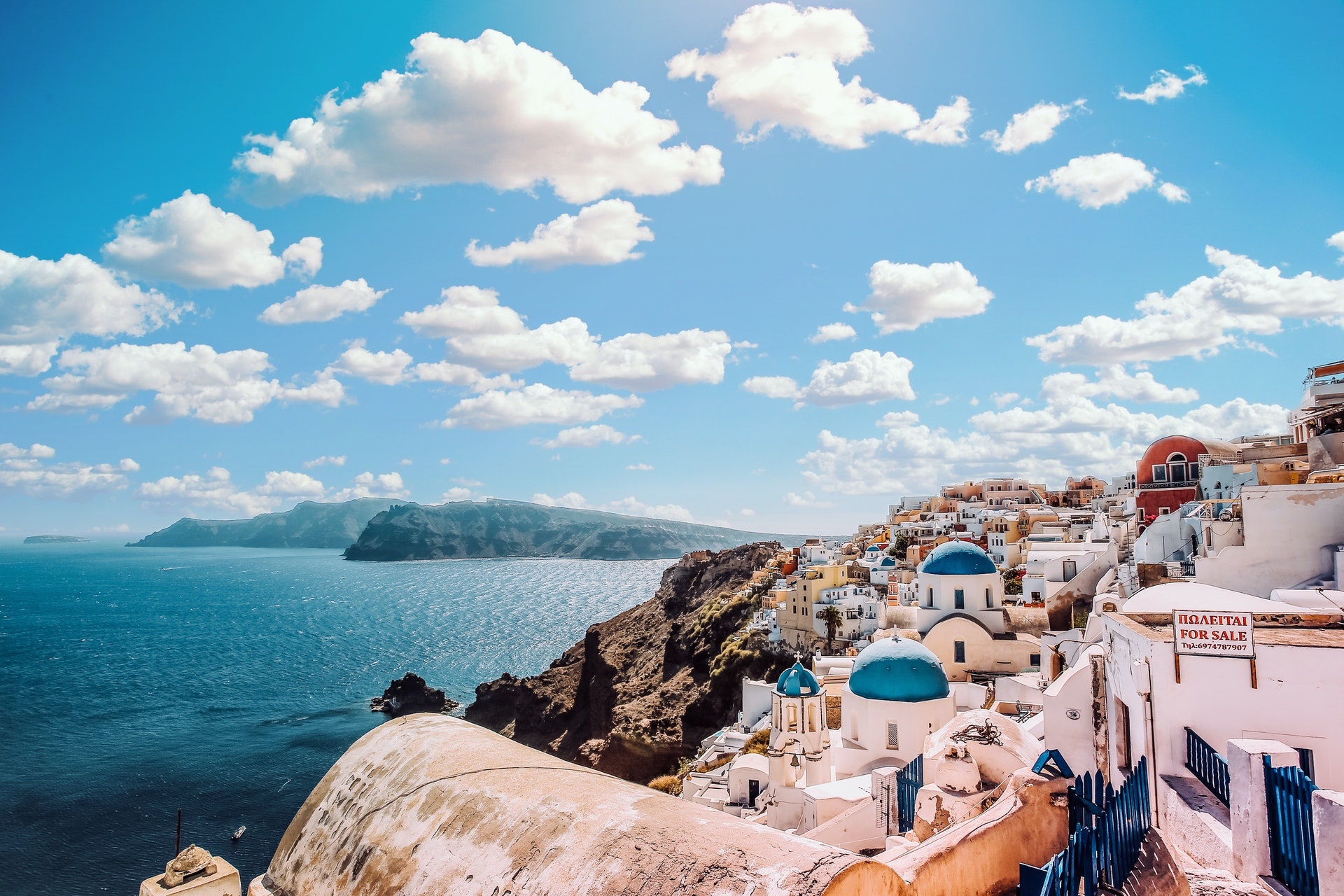
The Greek Islands
The islands are the main characteristic of Greece’s morphology and an integral part of the country’s culture and tradition. Greek sovereign land includes 6,000 islands and islets scattered in the Aegean and Ionian Seas, of which only 227 islands are inhabited. This is a truly unique phenomenon for the European continent.
The Greek Archipelago takes up 7,500 km of the country’s total 16,000 km coastline, offering a highly diversified landscape: beaches stretching over many kilometers, sheltered bays and coves, sandy beaches with sand-dunes, pebble beaches, coastal caves with steep rocks and dark colored sand typical of volcanic soil and coastal wetlands.
Many of these Greek beaches have been awarded the blue flag under the Blue Flags of Europe Program, providing not only swimming, but also scuba diving, snorkeling, water skiing, sailing and windsurfing.
The ideal climate, safe waters and small distances between ports and coasts, have made the Greek islands extremely popular among Greek and foreign visitors.
PEACE OF MIND BOOKING PLAN
Cooling-Off Period
Change of Mind
On-Ground Support
Prices in AUD
Industry Accredited
Australian Owned & Operated
What our customers say
Cassandra from Entire Travel arranged a perfect holiday for us at Le Moana in Bora Bora. The flights and transfers worked seamlessly, our overwater bungalow was perfectly positioned and staying on Matira Point was like being in paradise! I was so happy with how well the trip was put together for us.
Awsome Holiday! The best experience Perfectly planned for less hassle 👌 Thank you Cassandra for your help We will definitely be using Entire Travel Group on our next adventure
We recently had a great family of 6 adventure to the West coast of Canada. Thankyou to Sam from the Entire Travel team who took all the planning hassles away from us. Everything was planned to perfection and ran to clockwork. Using the Trip Plan App made things so much easier for us with all booking info at our fingertips. It’s an adventure we will talk about for years to come.
My travel partner and myself have just returned from our trip to Switzerland ( May 2024 ) and wanted to put in writing our utmost gratitude to Katelyn Mulgrew and the team from Entire Travel Group for the professional, prompt and extensive service provided from start to finish. Kate was there with us every step of the way and answered any question or concern we had in a patient and understandable way, which left us with reassurance and confidence. Switzerland Grand Tour was amazing with picture postcard scenery at every turn. Every aspect of the booking was flawless, from the hotels, transportation and documentation it all worked seamlessly. Hotels were comfortable, central, welcoming and contained everything a traveller could need. Train travel throughout Switzerland is the only way to go, you just get on sit down and relax while enjoying the ever changing and spectacular scenery. I have, and, will be recommending Entire Travel Group to all my friends for any of their travel needs and, will definately be using them as my go to company for any future adventures. Thank you again to Kate and the team for helping us tick this item off our bucket list.
Helpful Information
Some of the Greek islands close down completely in low season during the winter months. Other islands get super busy at certain times of year, particularly in August.




